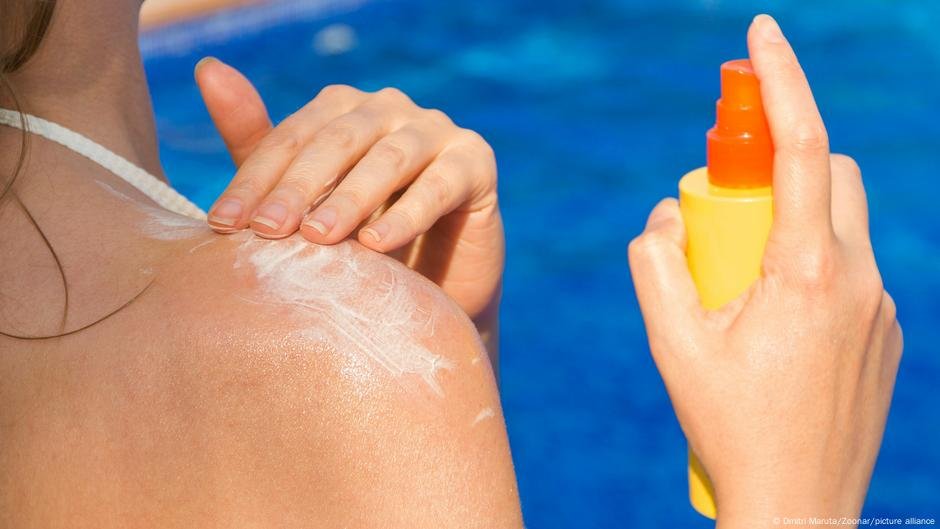Understanding Skin Cancer: The Essentials of Sunscreen and Sun Protection
Each year, over 300,000 new cases of skin cancer are diagnosed globally, making it imperative to focus on prevention. Despite advancements in sunscreens and awareness campaigns, the incidence of skin cancer continues to rise, especially in areas where it was previously uncommon.
The Importance of Sunscreen
Sunscreen remains a key player in preventing skin damage and reducing the risk of cancer. Richard Blackburn, a materials scientist, emphasizes the critical role that effective sunscreen plays in protecting against harmful UV rays. "The use of sunscreen, if you’re going to be out, is really, really important," he advises.
The Dangers of UV Light
Ultraviolet (UV) light is a significant threat to human skin. It penetrates the Earth’s atmosphere, delivering harmful rays that can lead to sunburn and long-term skin damage. Understanding the two types of UV light—UVA and UVB—is essential for effective sun protection:
- UVA: Has a longer wavelength, penetrating deeper skin layers.
- UVB: Primarily affects the outer layers of skin and is the main cause of sunburn.
Even individuals with darker skin tones are not immune to UV damage; prolonged exposure can lead to cellular harm.
Types of Sunscreens
Sunscreens generally fall into two categories, each with unique properties:
Organic Sunscreens
- Description: These contain carbon-based ingredients that absorb UV rays.
- Examples: Oxybenzone and avobenzone have been traditionally used but have raised concerns regarding safety.
Physical Sunscreens
- Description: Often referred to as natural sunscreens, these use non-carbon particles like titanium or zinc oxide to block UV rays.
- Benefits: Provides a physical barrier on the skin, reflecting harmful sunlight.
Both types are essential for sun protection and should be selected based on their SPF ratings. For instance:
- SPF 15 filters about 93% of UVB rays.
- SPF 30 filters about 97%.
- SPF 50 filters roughly 98%.
The Growing Focus on Sunscreen
Health organizations are increasingly advocating for sunscreen usage as a fundamental element of skin protection. However, this message often clashes with misleading claims circulating on social media. Some argue that certain chemical components in sunscreens can be harmful; however, the scientific community stresses the importance of using sunscreen, questioning the toxicity levels of these ingredients.
Recommendations for Safe Sunscreen Usage
- Check Expiry Dates: Ensure your sunscreen is still effective.
- Proper Storage: Store in cool, dry places to maintain efficacy.
- Avoid Mixing Products: Layering different sunscreens can diminish their protective effects.
Blackburn warns against mixing products, noting, "We found it actually can reverse the whole process by combining those [different sunscreens]."
Caution with DIY Sunscreens
The rise of homemade sunscreens, often made from natural oils or other ingredients, poses significant risks. While they are marketed as safer alternatives, their effectiveness is largely untested. Antony Young, a photobiologist, advises consumers to be wary of these products, stating, "The thing about these homemade efforts is that you can’t test them."
Future Innovations in Sunscreen
Research is ongoing to discover natural compounds from plants and fungi that may offer effective sun protection. These innovations could reduce our reliance on synthetic chemicals while providing safe alternatives for consumers. Blackburn’s laboratories are actively pursuing these promising developments.
Conclusion
As awareness of skin cancer and the benefits of sunscreen grows, understanding how to choose and use sunscreen is more vital than ever. Employing appropriate protection measures, being informed about sunscreen regulations, and keeping an eye on emerging alternatives can significantly impact your skincare regimen.
For more tips on effective sun protection and the latest in skincare science, visit Skin Cancer Foundation and American Academy of Dermatology.
By prioritizing knowledge and protection strategies, we can collectively combat the rise of skin cancer and promote long-term skin health.


